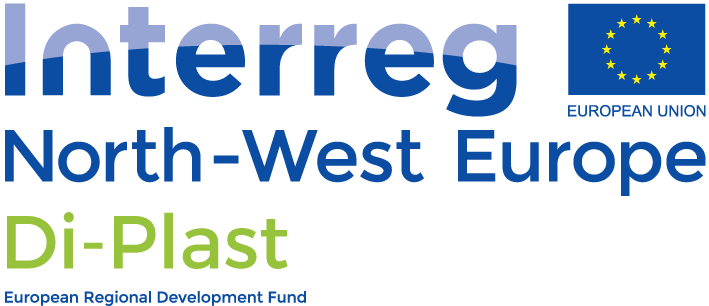This page (revision-61) was last changed on 19-Sep-2022 11:15 by Arnab Ghosh Chowdhury
This page was created on 10-May-2022 15:30 by Arnab Ghosh Chowdhury
Only authorized users are allowed to rename pages.
Only authorized users are allowed to delete pages.
Page revision history
| Version | Date Modified | Size | Author | Changes ... | Change note |
|---|---|---|---|---|---|
| 61 | 19-Sep-2022 11:15 | 5 KB | Arnab Ghosh Chowdhury | to previous |
